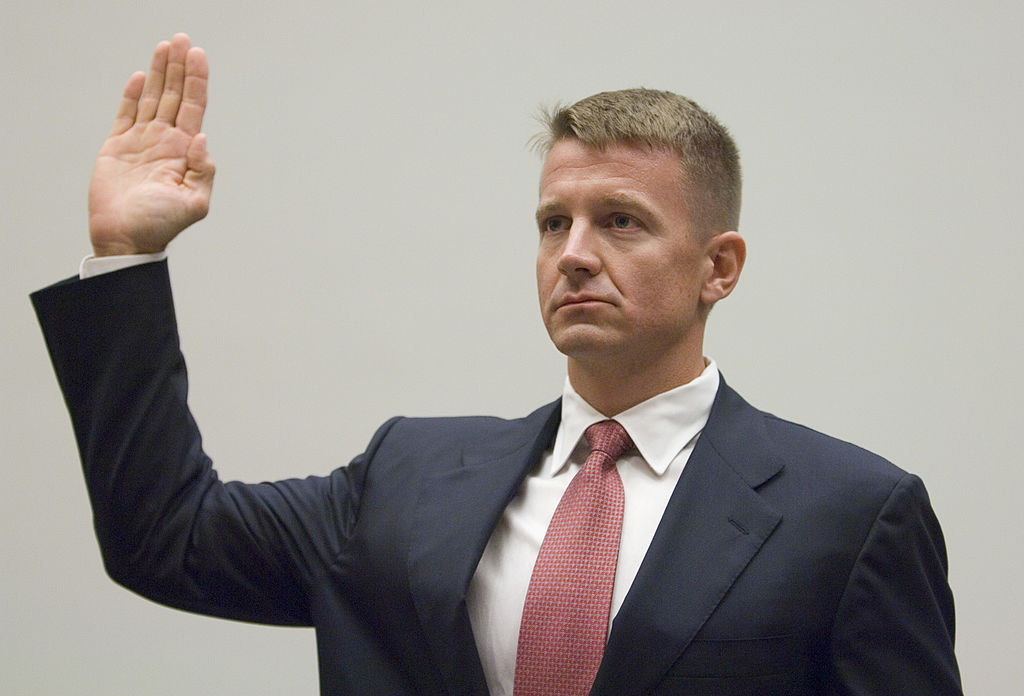Nick Leeson: the man who broke Barings Bank
"Rogue trader" Nick Leeson’s losses cost his employer, Barings Bank, an estimated £860m, plunging it into bankruptcy.


Nick Leeson was born in Watford in February 1967 and left school after A-Levels to became a clerk in the Lombard Street branch of Coutts bank. By 1987 he had moved to a “back office” (that is, support) role at investment bank Morgan Stanley before taking up a similar position at Barings Bank, where one of his duties involved investigating a case of fraud. By 1992 he had been promoted to the head of Barings Futures Singapore, where he was responsible for “front office” trading decisions as well as providing administrative support.
What was the scam?
The primary task of Barings Futures Singapore was to carry out orders for clients and to make money by exploiting small differences in prices between the Singapore and Japanese markets. In an attempt to boost profits, Leeson started to make proprietary trades with the bank’s own money, focusing mainly on Japanese market index futures. When these trades went badly, Leeson started to hide the mounting losses in a special account designed to correct trading errors. As the losses grew, he increased the size of his bets, hoping that a change in the market would enable him to repay the balance.
What happened next?
The collapse in the Japanese market following the Kobe earthquake in January 1995 led to yet more losses. They eventually grew so large that Leeson realised it was inevitable he would be discovered. He therefore fled Singapore the next month, confessing his crime in a note he left behind. Eventually captured by the authorities in Germany, he sought extradition to the UK, but was eventually sent back to Singapore, where he was sentenced to six and a half years in prison for fraud and forgery, before being released in 1999.
MoneyWeek
Subscribe to MoneyWeek today and get your first six magazine issues absolutely FREE

Sign up to Money Morning
Don't miss the latest investment and personal finances news, market analysis, plus money-saving tips with our free twice-daily newsletter
Don't miss the latest investment and personal finances news, market analysis, plus money-saving tips with our free twice-daily newsletter
Lessons for investors
Leeson’s losses cost Barings an estimated £860m, plunging it into bankruptcy. Despite last-minute attempts to organise a bailout, its main operations were purchased by Dutch bank ING for ��1. This ensured that depositors were protected from losses, but subordinated bondholders in the parent company lost most of their £100m investment. Barings’ management was not involved in Leeson’s fraud, but their complacency and arrogance should have been big red flags for investors. Shortly before the collapse, chairman Peter Baring infamously boasted that it was “not actually terribly difficult to make money in the securities business”.
Get the latest financial news, insights and expert analysis from our award-winning MoneyWeek team, to help you understand what really matters when it comes to your finances.

-
 'Lockdown wills’ at increased risk of legal challenge
'Lockdown wills’ at increased risk of legal challengePressures caused by the pandemic led some people to rush their wills. Now, lawyers are saying problems are surfacing that could make them invalid
-
 Gilt yields fall to lowest level since 2024
Gilt yields fall to lowest level since 2024The cost of government borrowing is falling. A new bond issuing strategy could be helping bring gilt yields down.
-
 The rise and fall of Nicolás Maduro, Venezuela's ruthless dictator
The rise and fall of Nicolás Maduro, Venezuela's ruthless dictatorNicolás Maduro is known for getting what he wants out of any situation. That might be a challenge now
-
 The political economy of Clarkson’s Farm
The political economy of Clarkson’s FarmOpinion Clarkson’s Farm is an amusing TV show that proves to be an insightful portrayal of political and economic life, says Stuart Watkins
-
 The most influential people of 2025
The most influential people of 2025Here are the most influential people of 2025, from New York's mayor-elect Zohran Mamdani to Japan’s Iron Lady Sanae Takaichi
-
 Luana Lopes Lara: The ballerina who made a billion from prediction markets
Luana Lopes Lara: The ballerina who made a billion from prediction marketsLuana Lopes Lara trained at the Bolshoi, but hung up her ballet shoes when she had the idea of setting up a business in the prediction markets. That paid off
-
 Who is Christopher Harborne, crypto billionaire and Reform UK’s new mega-donor?
Who is Christopher Harborne, crypto billionaire and Reform UK’s new mega-donor?Christopher Harborne came into the spotlight when it emerged he had given £9 million to Nigel Farage's Reform UK. How did he make his millions?
-
 Why Trustpilot is a stock to watch for exposure to the e-commerce market
Why Trustpilot is a stock to watch for exposure to the e-commerce marketTrustpilot has built a defensible position in one of the most critical areas of the internet: the infrastructure of trust, says Jamie Ward
-
 The return of Erik Prince, America's notorious mercenary
The return of Erik Prince, America's notorious mercenaryErik Prince, founder of the controversial private military group Blackwater, was shunned for pushing the boundaries of legality. He has re-established himself
-
 Big Short investor Michael Burry closes hedge fund Scion Capital
Big Short investor Michael Burry closes hedge fund Scion CapitalProfile Michael Burry rightly bet against the US mortgage market before the 2008 crisis. Now he is worried about the AI boom